
Stereo Caricature
|
Ergun Akleman Visualization Laboratory Department of Architecture Texas A&M University |
Extended Abstract
Motivation
Stereo image generation has a fascinated artists for most of this century. For instance, photographers have been creating stereo images nearly a hundred years, and anaglyph (red & blue/green) stereo comics have been popular on and off again in the same period of time. With the recent development of computer graphics, stereo images of 3D scenes has gained popularity among digital artists. However, despite the interest in stereo techniques hand-painted stereo images have not yet been generated. In this work, we introduce the concept of Stereo Caricature and present a computer aided method to generate hand-painted stereo images. As a proof of concept, we have created stereo caricatures of the last four presidents of the United States by using the method presented here.
Making Stereo Caricature by directly painting on paper is almost impossible. However, it is possible to make painted stereo pairs by using paint programs. In Stereo caricature, the goal will be to paint two images that will give a comprehensible 3D feeling when viewed with stereo viewing devices. Of the two images, the one seen by the left eye will be called the left image. Accordingly, the image seen by the right eye will be called the right image. In order to provide a simple procedure to produce Stereo Caricatures, we will presume that the left image is given. The right image is then generated by making a collage from the left image via cutting, moving and pasting.

|
| Figure 1. Stereo Caricatures that can be viewed by red and green/blue glasses. |
Methodology
In order to describe the collage procedure, we need to first introduce the simple mathematical framework needed for Stereo Caricature. Let e denote the distance between the left and right eyes; d denotes the distance from which the stereo image is expected to be viewed; z is the distance perceived by the viewer, and x is the signed distance a region in the left image has to move either left or right in order to be perceived at z. By using simple mathematics one can show that the relationship between z and x will be z=ed/(e+x). We can use this equation to show that in order to make Stereo Caricatures we do not have to be precise. The following observations summarize the fundamental nature of the stereo equation and provide enough information to make decisions for moving a region.
Based on the observations above, we have developed the following procedure for making Stereo Caricature.
By using the procedure above we have created stereo caricatures of the last four presidents of the United States. The left and right images are shown in Figure 1. The procedure used to create the original left image caricatures was presented as an artistic sketch in the Visual Proceedings of Siggraph'96.
Acknowledgments
I also would like to thank both Donald H. House and John Ferguson for their helpful suggestions.
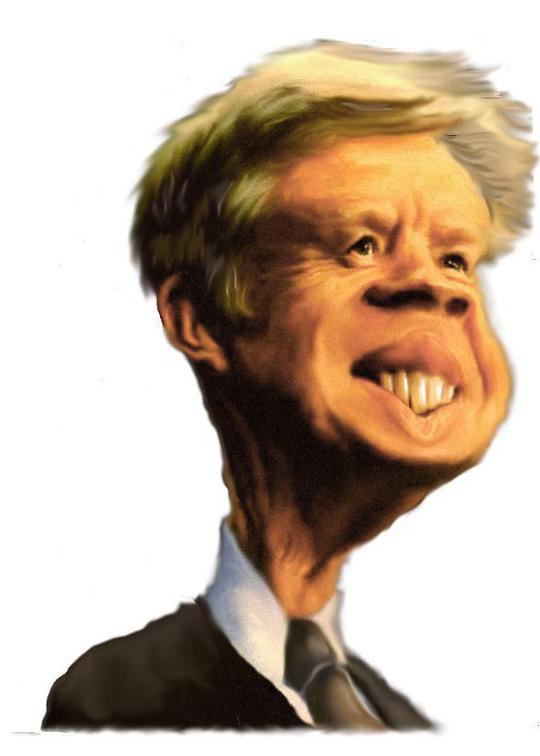
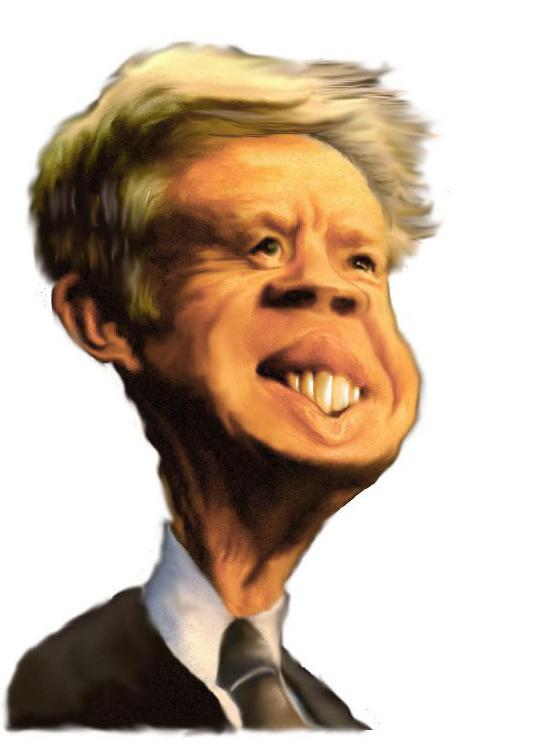
|
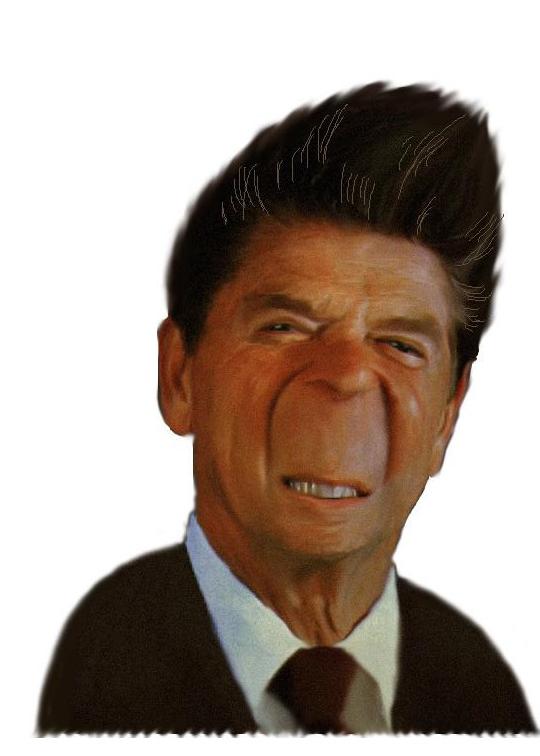
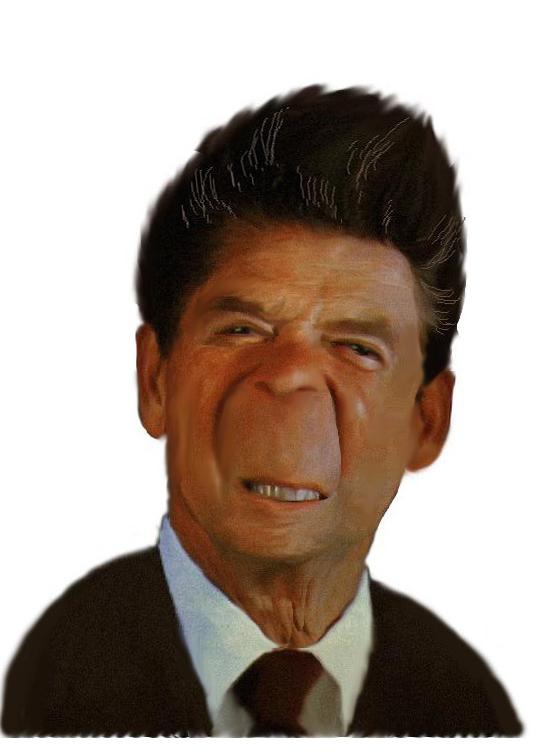
|
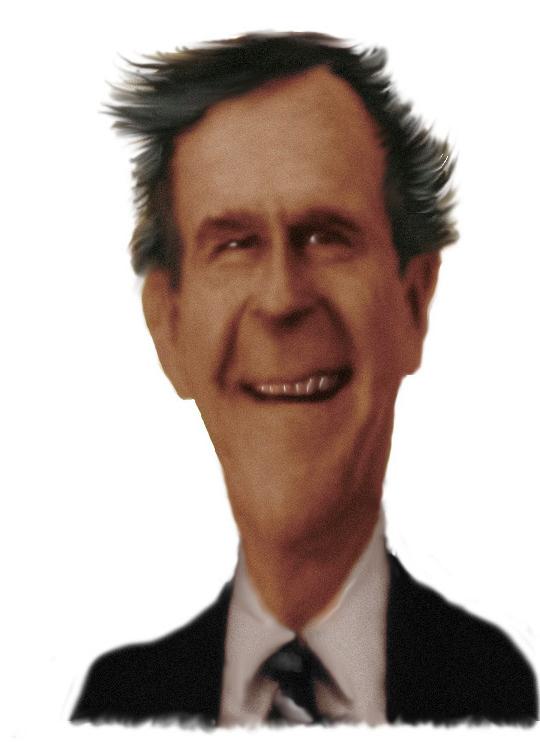
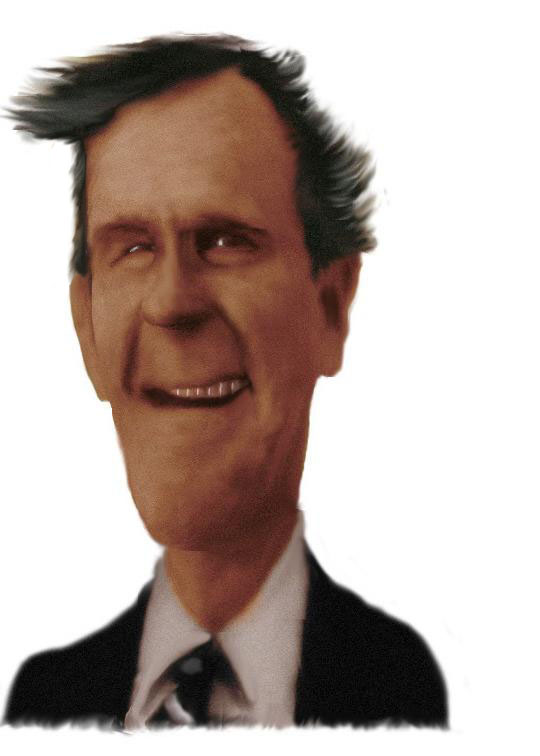
|
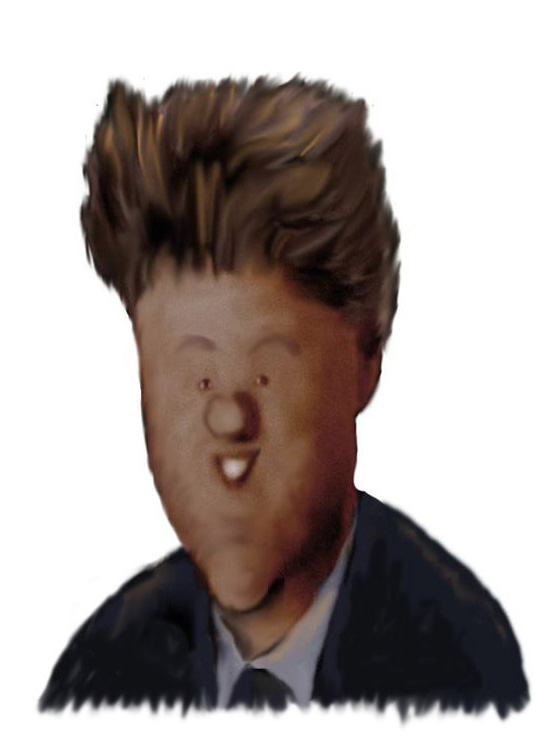
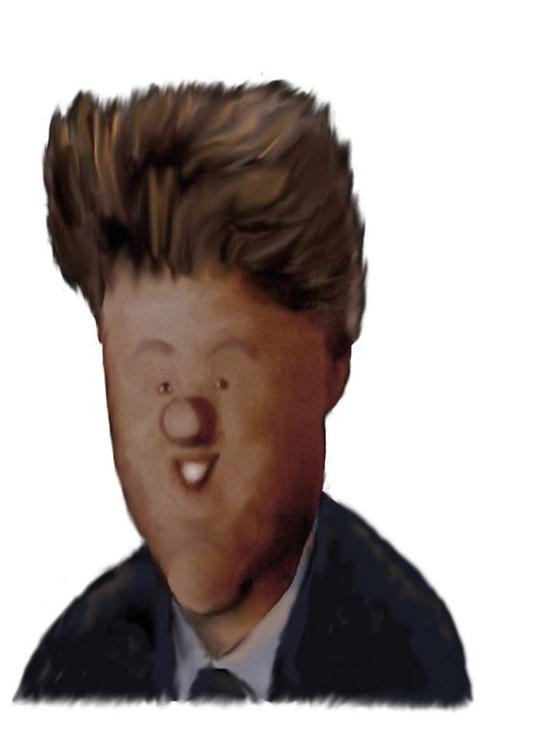
|
| Figure 2. Stereo Images in Figure 1. | |